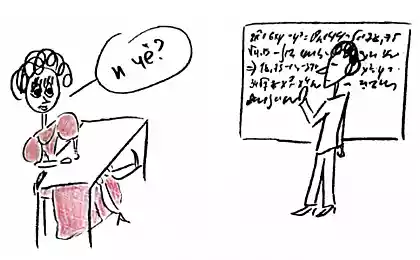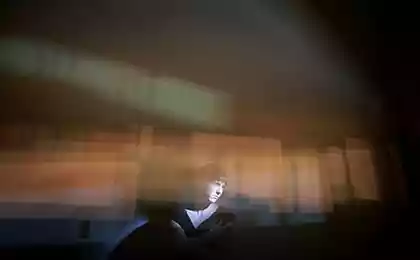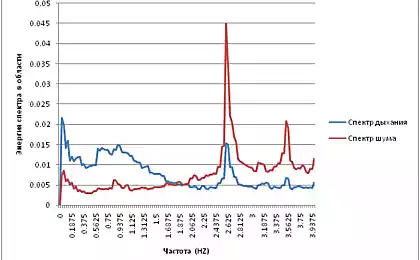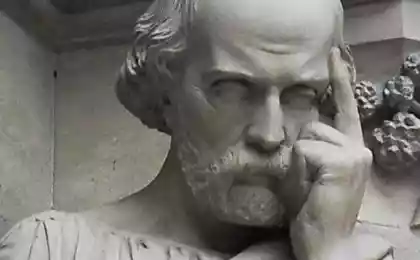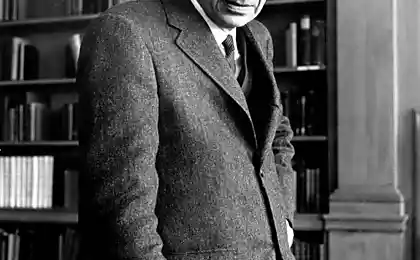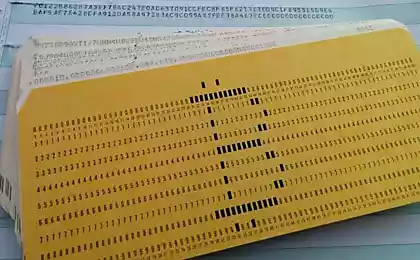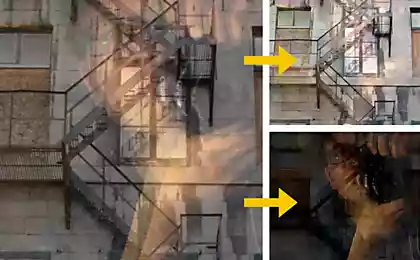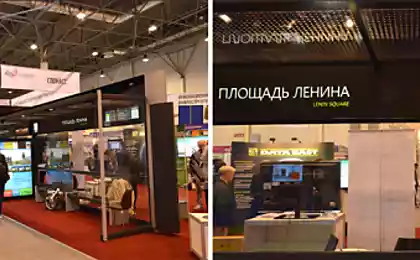910
An algorithm that effectively removes all of the video "boring" parts
Did you follow the link to a video on Youtube, to discover that for a few seconds, which is really going on something interesting, you just spend a few minutes contemplating a completely useless "garbage" because the author has laid out the entire video file from the DVR or smartphone? The number of cameras is growing rapidly, and the number of people able to trim at least a couple of extra pieces seem to remain constant. The problem is not only a short time on the Internet killed - in fact, there are more serious cases, for example, tens or hundreds of hours of video surveillance cameras, which sometimes have to look to solve the crime.
Researchers from Carnegie Mellon University have developed an efficient algorithm to highlight the most interesting fragments of video based on machine learning. The new algorithm, called them «LiveLight» considerably surpasses analogues in the speed and quality of work. LiveLight identifies specific portions of video and sotavlyaet their "dictionary" and then tries to predict on the basis of the next frame. If it succeeds with sufficient accuracy, this means that the frame adds virtually no new information and can be deleted. In contrast to the "mechanical" approaches that respond to any movement in the frame, or a sharp change in brightness, color or contrast, LiveLight versatile enough - it works well on video, capturing still camera, and shooting amateur shaking smartphone.
To test the algorithm has been selected 20 videos from Youtube and CCTV cameras, lasting from 12 minutes to a half hour. For each video, three men hand made "summary" of the most interesting pieces. On average, 72% of 3 results coincided with the selection algorithm humans. Some clips overlap was greater than 90%. Result LiveLight 8% better than its nearest competitor, based on a similar principle, but at 10 times slower.
LiveLight capable of handling video in real time on a normal gland. Scientists tested the implementation of the algorithm in MATLAB 7.12 on a computer protsessorm Intel Core i7 3.4 GHz at a frequency and 16 GB of memory. Some videos were counted twice faster than real time.
PDF with a detailed description of the algorithm can be downloaded at the project page .
Source: habrahabr.ru/company/nordavind/blog/228229/
Researchers from Carnegie Mellon University have developed an efficient algorithm to highlight the most interesting fragments of video based on machine learning. The new algorithm, called them «LiveLight» considerably surpasses analogues in the speed and quality of work. LiveLight identifies specific portions of video and sotavlyaet their "dictionary" and then tries to predict on the basis of the next frame. If it succeeds with sufficient accuracy, this means that the frame adds virtually no new information and can be deleted. In contrast to the "mechanical" approaches that respond to any movement in the frame, or a sharp change in brightness, color or contrast, LiveLight versatile enough - it works well on video, capturing still camera, and shooting amateur shaking smartphone.
To test the algorithm has been selected 20 videos from Youtube and CCTV cameras, lasting from 12 minutes to a half hour. For each video, three men hand made "summary" of the most interesting pieces. On average, 72% of 3 results coincided with the selection algorithm humans. Some clips overlap was greater than 90%. Result LiveLight 8% better than its nearest competitor, based on a similar principle, but at 10 times slower.
LiveLight capable of handling video in real time on a normal gland. Scientists tested the implementation of the algorithm in MATLAB 7.12 on a computer protsessorm Intel Core i7 3.4 GHz at a frequency and 16 GB of memory. Some videos were counted twice faster than real time.
PDF with a detailed description of the algorithm can be downloaded at the project page .
Source: habrahabr.ru/company/nordavind/blog/228229/
